The MIT '78 VLSI design course provided a means of testing the system design methods and the draft textbook - - it was quite an intense experience - - - students learned the basics of design in the first part of the course, and then did substantial chip design projects that were quickly implemented - - - it all went extremely well - - - validation! everything works! - - but then the pushback begins, from the establishment and from the other computer lab at PARC - - - we're accused of creating "unsound methods" - - So the big question now was: How do "unsound methods" become sound methods?
|
|
|
|
|
|
|
|
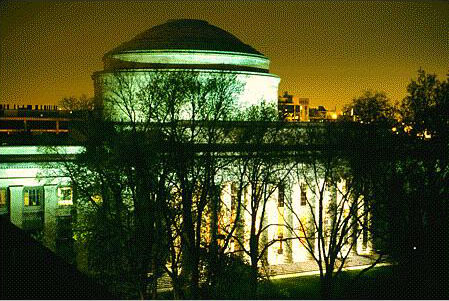
|
|
|
|
|
 |
 |
|
|
 |
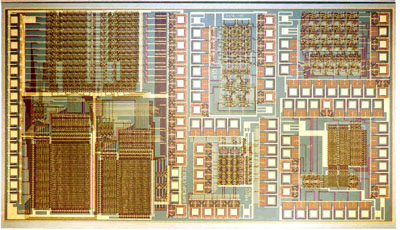 |
|
|
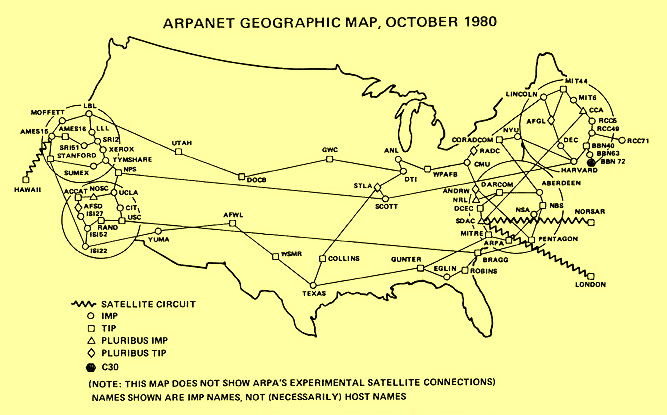 |
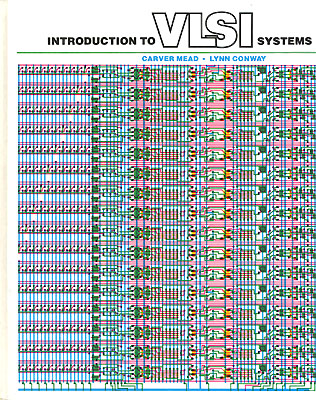 |
|
|
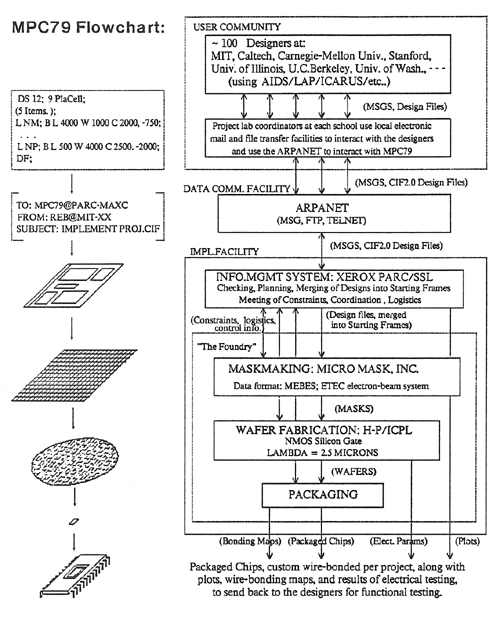 |

|
|
|
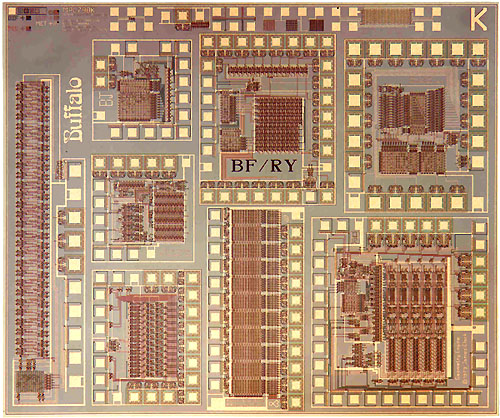
|
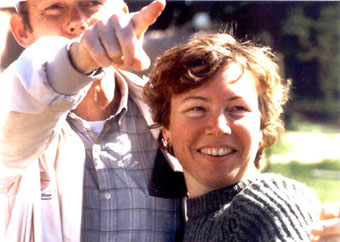
|
|
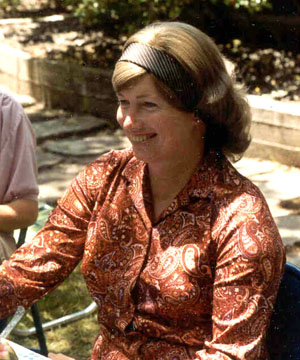
|
|
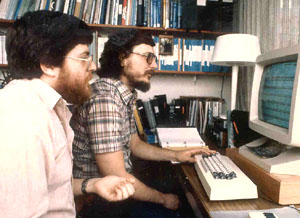
|
|

|
|
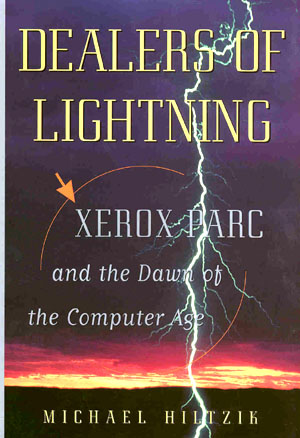
|

|
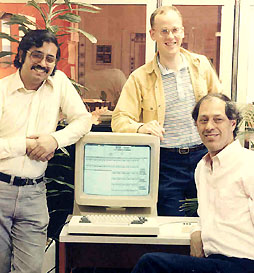
|
|
|
|
|
|
|
|
|
|